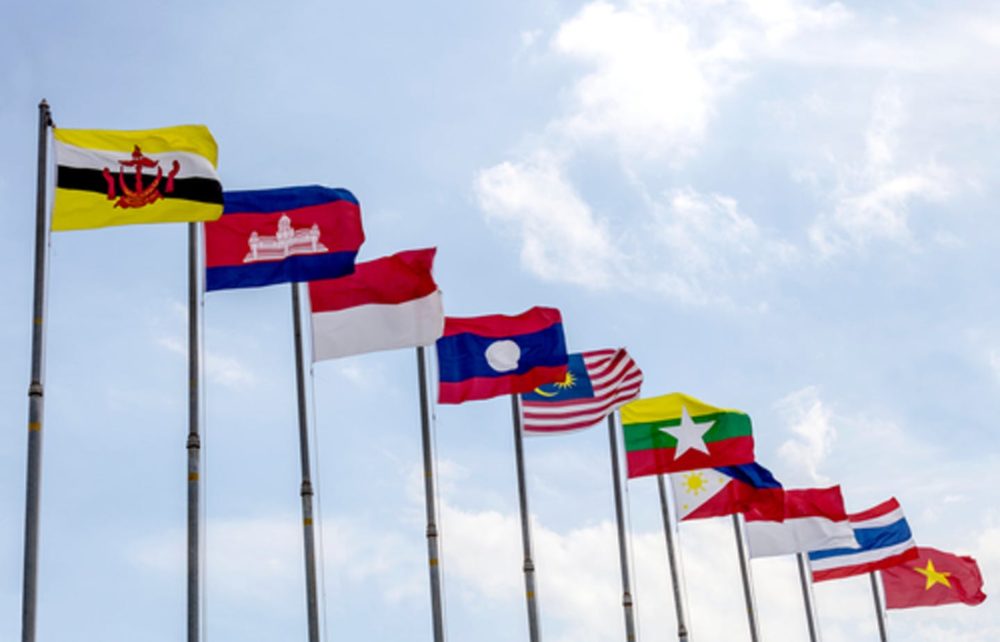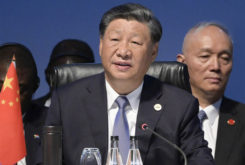Yichao Li*
After a protracted negotiation, the Regional Comprehensive Economic Partnership (RCEP), which is composed of fifteen countries (ten ASEAN countries, Australia, China, Japan, New Zealand and South Korea), was signed on 15 November 2020. This event, marks the successful initial path to the establishment of a free trade area, with the largest population in the world, representing 30% of world’s GDP and having an unique array of diversity in terms of the composition of its members and development potential.
According to the Chinese official press release, the imports and exports from China to ASEAN continue to grow as of September 2020, and ASEAN has become China’s largest trading partner followed by the EU and the United States. RECP strongly advances cooperation between China and ASEAN, with great potential and ability to contribute to a high level of Asian regional economic integration, putting South Asia and perhaps the Pacific Ocean in the center of the world’s trade and economics.
The proposals for formulating the 14th Five-Year Plan (2021-2025) for National Economic and Social Development and the Long-Range Objectives Through the Year 2035, was released on 3 November 2020. It emphasized that China will participate in multilateral and bilateral regional investment and trade cooperation mechanisms, and promote the formulation of economic governance rules in emerging areas. The RCEP is consistent with this point and in line with the goal of China that continue opening up at a high level, promote international cooperation and achieve mutual benefits.
It’s a moment of game-changing that brings more opportunities for this region to expand the central influence of Asia. On the one hand, through the discussion of traditional topics, like the reduction of tariffs, the removal of trade barriers, common rules of origin or any other issues, to achieve the liberalization and facilitation of trade and investment among regional countries. Although there are some emerging markets included in RCEP, but this is still a vital step.
On the other hand, RCEP accelerates the realization of economic integration in the Asia-Pacific region, which also symbolizes breaking the US siege and strengthens the ties between China and neighboring countries. Some members in RCEP, namely New Zealand, Singapore, Vietnam, Brunei, Malaysia, Australia and Japan, belong to the Trans-Pacific Partnership (TPP) together with the United States before, which was restructured into the Comprehensive and Progressive Trans-Pacific Partnership (CPTPP) now.
Furthermore, RCEP will be a booster for the stronger economic connection of the countries in this region, especially in the context of the Belt and Road Initiative and with the combination of China-ASEAN Free Trade Agreement which was achieved for many years. Thus, the signing of RCEP is a milestone to China from the domestic and external points of view.
Regarding the Portuguese-speaking countries, Timor-Leste is the only country located in this region, it has been a candidate in the ASEAN. The RCEP undoubtedly will open great benefits and promote regional integration from the economic dimension to social and cultural ties for Timor-Leste and ASEAN if Timor-Leste succeeds in joining it. Meanwhile, the international challenges faced by Timor-Leste to get more regionally integrated, can benefit from this outstanding opportunity, as its integration is in the best interest of all, especially in relation to the overlapping interests of the surrounding great powers.
-
Yichao Li is a Ph.D. candidate at the Institute for Research on Portuguese-speaking Countries, City University of Macau. She received a Master’s degree in comparative civil law (in Chinese) from the University of Macau, and a Bachelor of Laws from Nanjing University of Information Science & Technology, China. The main research area of her Master’s degree is the testamentary trust system in mainland China. Her current research interests are the Belt and Road Initiative and Portuguese-speaking countries. Her latest publication stands as: Li, Y. C., and Vicente, M. (2020). Chinese partnerships and the Belt and Road Initiative: a synergetic affiliation. In Leandro, F., Duarte, P. (Eds.). The Belt and Road Initiative: An Old Archetype of a New Development Model. Palgrave MacMillan.




